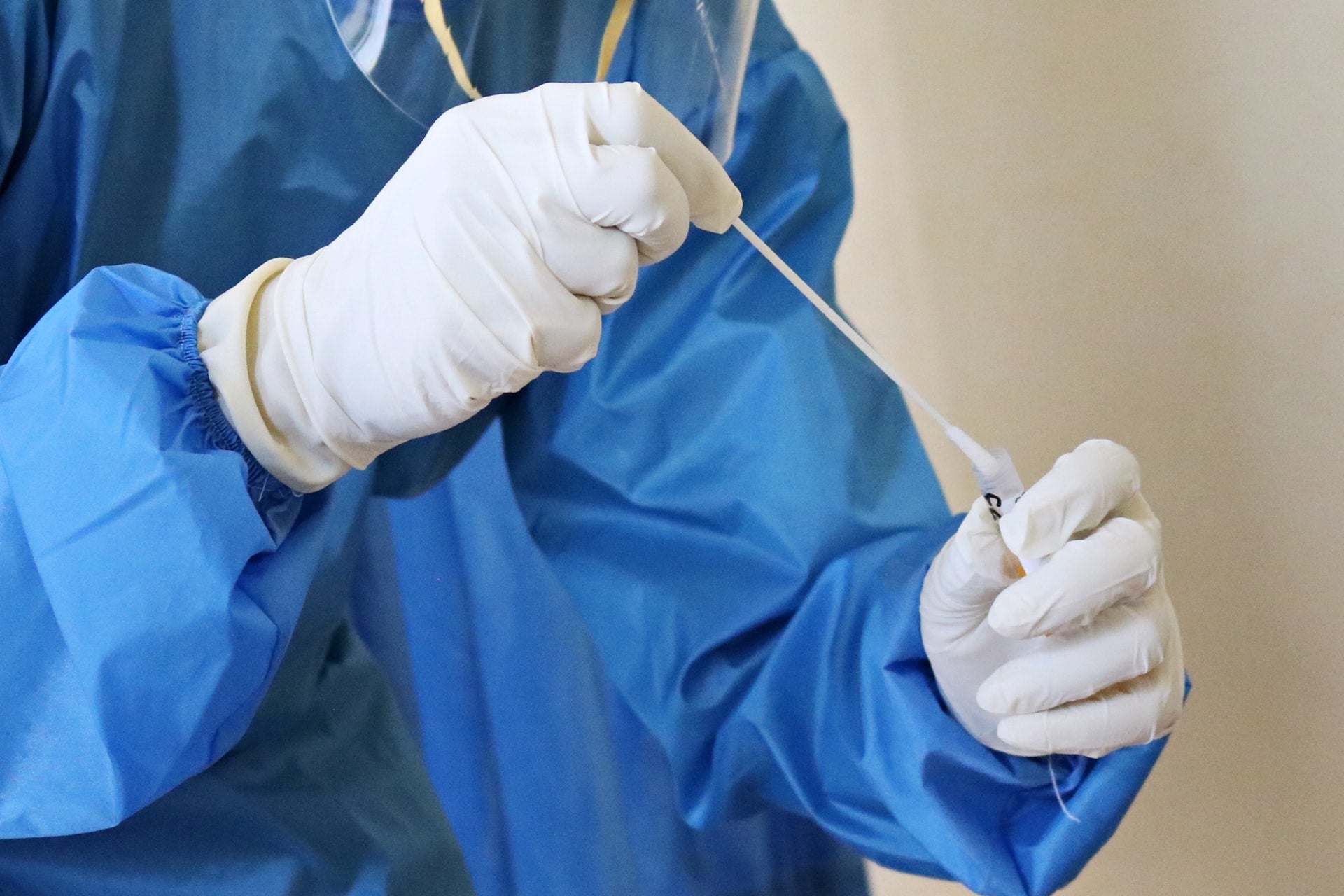
The University of California (UC), Santa Cruz, US, scientists have created a new chip-based ultrasensitive antigen test that can detect SARS-CoV-2 and influenza A virus from nasal swab samples.
Researchers noted that the test can distinguish between individual viral antigens of Covid-19 and flu in swab specimens. It could be advanced as a molecular diagnostic test for use in point-of-care settings.
At present, polymerase chain reaction (PCR) technology is the gold standard for Covid-19 detection. It amplifies small quantities of the virus’ genomic material and specimens are evaluated in centralised labs.
The new chip-based antigen test is said to have high sensitivity. It aids in testing for various viruses from one sample at the same time. This is crucial as diseases like Covid-19 and flu exhibit similar symptoms.
UC Santa Cruz electrical and computer engineering professor Holger Schmidt said: “This is a chip-based biosensor capable of detecting individual proteins one at a time, and we show how it can be used to detect and identify the antigens for multiple diseases at the same time.
“It’s a whole new way of looking for molecular biomarkers, not only for infectious diseases but for any protein biomarkers used in medical testing.”
How well do you really know your competitors?
Access the most comprehensive Company Profiles on the market, powered by GlobalData. Save hours of research. Gain competitive edge.

Thank you!
Your download email will arrive shortly
Not ready to buy yet? Download a free sample
We are confident about the unique quality of our Company Profiles. However, we want you to make the most beneficial decision for your business, so we offer a free sample that you can download by submitting the below form
By GlobalDataTo create this antigen test, the research team developed a fluorescent probe that was adequately bright to identify individual markers optically on the chip.
The test utilises an ‘antibody sandwich’ approach that is frequently used for immunoassays.
In this test, antibodies specific for the target antigen are linked to magnetic microbeads, so that any target antigen in the sample attaches to the beads.
Later, a second antibody with the fluorescent marker is affixed and it attaches to any target antigen present on the beads.
The scientists have associated a green marker to the Covid-19 antibody and a red marker to the influenza antibody to differentiate between the two viruses.



